Deliver the Perfect Selling Experience
By Carson Conant, CEO at Mediafly
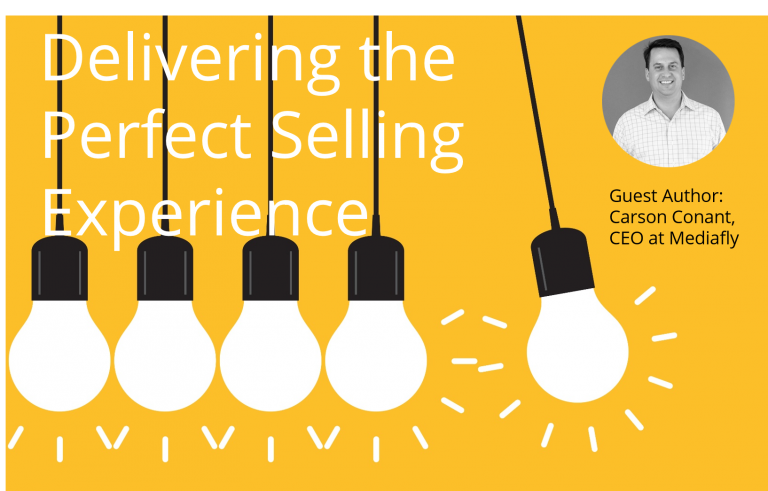
The following is a guest post by Carson Conant, Founder and CEO at Mediafly. It addresses the quickly-evolving enterprise mobility trend, what it means for B2B salespeople, and how Marketing and Sales can work together to transform the customer experience.
Buyers are changing, and rather than recoil at headlines like “Death of a (B2B) Salesman,” companies need to face that changing landscape head-on. I want to take a moment to look back at 2015’s industry trends, how we see the role of the B2B salesperson evolving into 2016 and beyond, and how companies can transform and not get left behind.
Enterprise mobility trending faster than expected
I’ll start with technology because technological advances are the primary reason the sales function has changed as much, and as quickly, as it has. Above is an infographic Mediafly put together back in 2013. We revisited those figures last year and found that many of those predictions by experts had been more conservative than the reality.
Some of the most telling stats from 2015:
• 80% of companies had BYOD policies or planned to have them within 2 years
• Total app downloads are projected to reach over 1 trillion by 2017
• Almost ¾ of the US workforce is expected to be mobile by 2020
• 2020 might see up to 75 billion connected devices
These all point to what you should already know: everything is mobile. The majority of companies are mobilizing content, and so merely mobilizing is no longer nearly enough.
Companies must also take steps to bridge the gap between the company’s value and what customers perceive that company’s value to be, essentially closing the vision-to-value gap. We call this process, Sales Transformation, which companies of different sizes and across many industries are undertaking right now, and will continue to embrace in 2016. Whether companies are able to fully convey the value they hold for customers will be the deciding factor when faced with a sea of choices–not just being “mobile.”
Sales and marketing are growing closer–centered around the customer
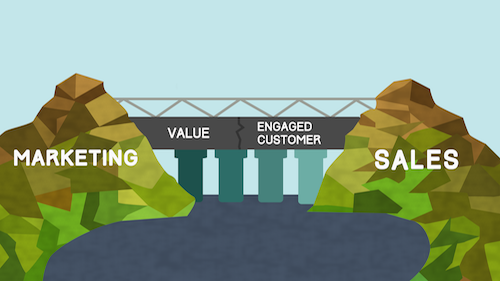
Essential to demonstrating a company’s value to customers is how well sales and marketing professionals can come together to deliver the right message. CEB’s 2015 Sales and Marketing Summit brought industry experts, thought leaders and top sales and marketing professionals to Las Vegas in October, and, as in years past, sales and marketing alignment continued to be a big theme. This year, however, there was more talk of going above and beyond alignment, and as Tracy Eiler put it, marketing “extending the olive branch to sales.”
Brent Adamson and other speakers highlighted the growing complexity of B2B sales cycles, now averaging 5.4 individual stakeholders; those stakeholders rarely move along a linear path to purchase and face a barrage of marketing collateral. Trends don’t point to the number of stakeholders or the complexity of those buying cycles going down. That means that, more than ever, organizations have to be attuned to the needs of every buyer at every stage.
Here are a few ways that marketers and salespeople can come closer together in 2016:
• Start with the customer: There’s a measurable impact when sales and marketing departments come together. When you work together, customers take notice, so keep customers top-of-mind, and not territoriality or who provides “more business value.” Working together, departments provide more value to customers. Period.
• Being smarter about passing off leads: There are a few ways to go about this, and as buyers consume more content, becoming better at interpreting that consumption is critical. As speakers from BloomReach suggested, one way is that marketers can filter out false positives by putting links to top-of-the-funnel content in bottom-of-the-funnel content and seeing if leads they think are “qualified” click on that early content. With more stakeholders, you might want to also look at things from an account-based perspective, rather than content that individual leads consume.
• Insight into every stage: A lot of the friction between sales and marketing in past years has been because neither one quite knew what the other did; those closed doors can now be opened. With CRM and marketing automation integration, salespeople can see the exact content that a lead has consumed before their interaction. Marketers now also have unprecedented access to in-person sales meetings that lead to a deal closing, and the content that drives them.
Those companies that can figure out how their salespeople and marketers can meet the needs of individual customers and accounts will be ready for success throughout the year.
Sales consultants are the future
As I discussed in my CEB session, the harsh reality is that, by 2020, there are going to be 1 million fewer sales reps than there were in 2015. That statistic is why analysts have talked about ‘The Death of a B2B Salesman,” but it’s not all doom and gloom. Consultative sales reps are set to grow by 10% in that same time period; Forrester analyst Peter O’Neill calls them “Content Concierges,” and they quickly (or preemptively) meet customers’ needs and questions, instead of merely take orders. Every interaction those sales reps then have with the customers is an essential piece of the sales cycle, and not just filling out an agreement.
There is still time for companies to take the initiative to empower their sales reps to become consultants.
Here are some areas companies can elevate so that salespeople can better meet customers’ needs:
• Easy access to the right content: Let’s start with the basics: for salespeople to consult anyone effectively, they need to quickly access the right collateral, whatever format or wherever they are, whoever they’re talking to.
• Enabling ‘story-selling’: An article in MarketingProfs recently talked about using modular content to drive sales. It involves marketers creating the blueprint or the outline of the story (e.g. content) and salespeople becoming the storytellers (e.g., bringing personal examples, emotional connections). More individualized content will be ever-critical for differentiation with modern buyers, and crafting a unique story for every customer is an effective way of approaching that.
• Harnessing data: Salespeople and marketers have access to a ton of data, and much has been made of using big data for targeting, but data can also be harnessed after you target as a part of your individualized sales presentation. Whether it’s inputs from your CRM or external data sets that can show the business impact of your product or service, turning raw data into sales collateral has massive potential for content concierges.
As buyers continue to become more sophisticated and discerning, how will you deliver the perfect selling experience?
Thanks for reading! You can learn more about content concierges and empowering your sales force in this Webinar recording with Forrester + Mediafly.
Here are some related resources that might interest you: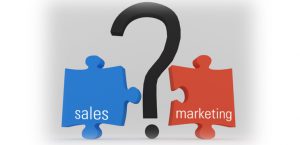 From the Blog: The State of Sales and Marketing Alignment in Investment Management | 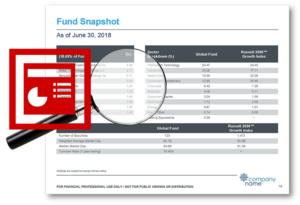 From the Blog: 7 Problems With Automating Factsheets In PowerPoint |  From the Blog: Pitchbook Problems? 3 Ways Technology Can Help |



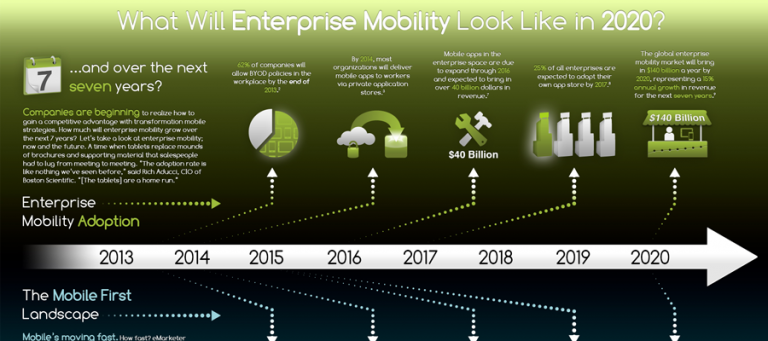

 Compare the Top 3 Finserv Content Automation Vendors [White paper]
Compare the Top 3 Finserv Content Automation Vendors [White paper] Create Pitchbooks the Drive Sales [White paper]
Create Pitchbooks the Drive Sales [White paper] Build vs. Buy: Should Your Financial Services Firm Outsource or Insource Marketing Technology? [White paper]
Build vs. Buy: Should Your Financial Services Firm Outsource or Insource Marketing Technology? [White paper]  10 Tips for Rebranding your Fund Marketing Documents [White paper]
10 Tips for Rebranding your Fund Marketing Documents [White paper]



